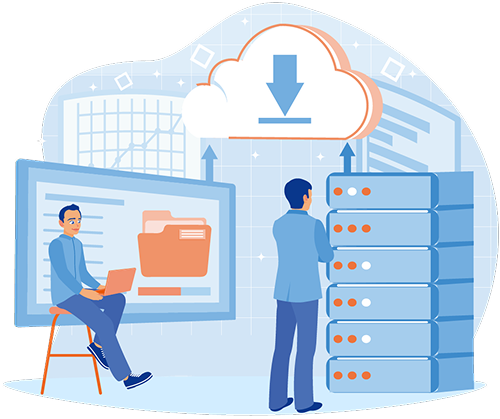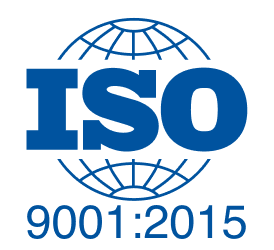Make your move safer with SGS Cloud Migration
To understand the market shifts and customer behaviour, businesses should invest in data management. Being a vital source in lead generation and conversion, handling your legacy data systems is a priority you should focus on. To make this easier and to improve the standard of businesses, SGS brings, Cloud Migration solution.
As a leading cloud implementing partner, SGS helps businesses to modernize data management, storage, and effective scalability. Our smooth cloud transition services upgrade legacy infrastructure, plus help customers to explore other cloud solutions. With SGS migration, data becomes more accessible, and decision-making becomes more efficient.

Our Approach

Rehosting (Lift and Shift)
This involves moving your existing programs from on-premises servers to the cloud with minimal-to-no changes. While it’s straightforward, rehosting only covers the basic version of cloud-native features.

Refactoring (Rearchitecting)
SGS carries out the refactoring approach to modernize legacy applications of enterprises through strategic planning. Our cloud and technical team restructures the code for better scalability, performance, and cloud-native compatibility without tampering with core functionality.

Security and Compliance
To make cloud migration seamless and easy for business, our cloud solutions are built with security and compliance at the core. From encryption to access control, SGS ensures your cloud infrastructure is protected, audit-ready, and built to earn trust at every level.

Hybrid Cloud
Our hybrid cloud services are designed to deliver flexibility with cloud adoption. We build secure, scalable environments that support workload portability and business continuity, giving you agility, compliance, and seamless integration across platforms.

Expert Cloud Migration
Whether it’s lift-and-shift or complete re-architecture, our cloud migration service team meticulously considers your business objectives. We evaluate technical requirements, resource limitations, security standards, data privacy, and organizational readiness before finalizing a migration strategy that reduces costs and frees up your infrastructure.










